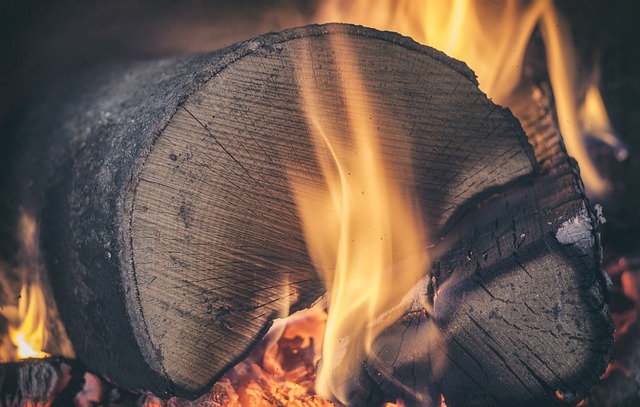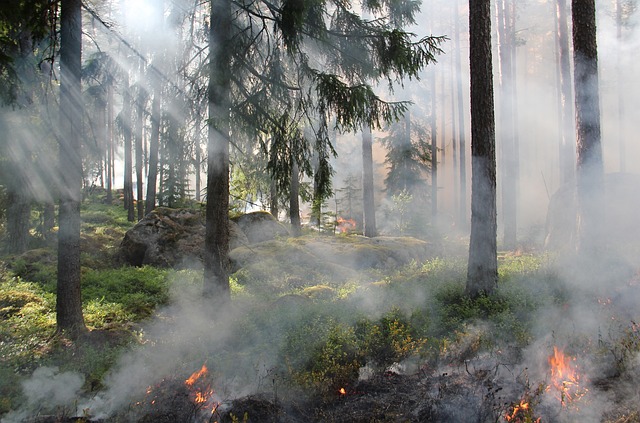Selling a fire-damaged property in California requires understanding buyer preferences and addressing damage strategically. Conduct a thorough inspection, budget for repairs, prioritize tasks, and highlight the home's potential as a renovation project. Be transparent about needed work while emphasizing structural integrity. Review insurance policy coverage, disclose defects, and ensure compliance with local regulations. Select an experienced real estate agent specializing in fire-damaged properties to navigate challenges and achieve a successful sale.
Selling a fire-damaged house in California requires a strategic approach. This guide navigates you through every step, from understanding the local market—where buyers seek resilience and renewal—to assessing damage and prioritizing repairs for maximum return. Learn effective marketing strategies to highlight your property’s potential and navigate legal considerations, including insurance disclosures. Choose an agent specializing in fire-damaged sales for expert support throughout the process.
- Understanding the California Market: What Homebuyers Look For
- Assessing Fire Damage: A Comprehensive Inspection Guide
- Repairs and Renovations: Budgeting and Prioritizing for Maximum Return
- Marketing Strategies: Highlighting the Potential of Your Property
- Legal Considerations: Insurance, Disclosures, and Regulations in California
- Choosing the Right Agent: Expertise in Selling Fire-Damaged Properties
Understanding the California Market: What Homebuyers Look For

In California, understanding what homebuyers look for is key to successfully selling a fire-damaged property. Prospective buyers are often attracted to homes that exude charm, offer ample space, and boast modern amenities. They seek properties in desirable neighborhoods with good schools, safe communities, and convenient access to local attractions. While location is paramount, the condition of the home plays an equally significant role. Fire damage can be a significant deterrent for many buyers, but addressing these issues proactively can make your house more appealing.
When preparing to sell a fire-damaged home in California, focus on repairs that enhance curb appeal and structural integrity. Replacing burnt or damaged siding, repairing smoke-discolored walls, and restoring floors can significantly improve the property’s marketability. It’s crucial to be transparent about any ongoing repairs or potential hidden costs to build trust with interested buyers. Highlighting the home’s potential, both in its solid foundation and its ability to be transformed into a dream residence, can make all the difference in attracting the right homebuyer for your California property.
Assessing Fire Damage: A Comprehensive Inspection Guide

When considering how to sell a fire-damaged home in California, the first step is conducting a thorough inspection. This involves assessing every nook and cranny for signs of fire damage—from structural integrity to hidden soot and smoke damage. Start by examining walls, ceilings, and floors for any visible scorch marks or warping. Check windows and doors for proper sealing, as poor insulation can lead to further damage. Pay close attention to the roof, as fires often spread upwards. Look for missing shingles, charred edges, or evidence of molten metal.
Don’t overlook potential water damage from fire-fighting efforts. Check for moisture in attics, walls, and basements, as these areas may have been affected by sprinkler systems or broken pipes. Furthermore, inspect electrical and plumbing systems, as fires can severely damage these vital components. Documenting all findings with high-quality photos is essential for both your reference and to provide transparency to potential buyers when selling a fire-damaged home in California.
Repairs and Renovations: Budgeting and Prioritizing for Maximum Return

When selling a fire-damaged house in California, repairs and renovations are crucial steps to maximize return on investment. The first step is budgeting. According to real estate experts, it’s essential to gather multiple estimates from reputable contractors specializing in fire damage restoration. This will give you a clear understanding of the costs involved for each repair and renovation necessary. Prioritize tasks based on both their impact on the home’s value and urgency. Structural repairs, like roof or foundation fixes, should be at the top of your list.
Next, focus on cosmetic improvements that can make the house more appealing to potential buyers. This might include repainting, replacing flooring, or refurbishing kitchen and bathroom fixtures. Remember, in California’s competitive real estate market, presenting a well-restored home can significantly enhance your selling prospects. How you handle repairs and renovations after fire damage can either deter or attract buyers, so it’s important to plan strategically.
Marketing Strategies: Highlighting the Potential of Your Property

When selling a fire-damaged house in California, it’s crucial to adopt marketing strategies that accurately represent your property’s potential. Start by focusing on the unique opportunities this situation presents—a chance for buyers seeking a renovation project or an affordable entry point into the market. Emphasize the vast possibilities for transformation; highlight the solid structure and structural integrity, which are typically not affected by fires unless specifically noted in inspection reports.
Use compelling visuals and storytelling to showcase the house’s history and resilience. Remember, many buyers appreciate the narrative aspect of real estate; framing your property as a canvas waiting to be painted with new memories can be powerful. Additionally, be transparent about any repairs needed but emphasize that these are mere steps towards revitalizing a home, not indications of underlying issues. This approach will attract forward-thinking buyers who appreciate value and potential.
Legal Considerations: Insurance, Disclosures, and Regulations in California

When selling a fire-damaged home in California, there are several legal considerations that homeowners must navigate. The first step is to review your insurance policy carefully. If your policy covers fire damage, understand the scope of coverage and what repairs or replacements are eligible for reimbursement. Your insurance company will play a crucial role in facilitating the repair process and providing necessary documentation for potential buyers.
In California, there are specific disclosure regulations that apply when selling real estate. Homeowners must disclose any known material defects, including fire damage, to potential buyers. This includes providing written disclosures detailing the extent of the damage and any ongoing repairs or remediation efforts. Failure to disclose could lead to legal repercussions, so it’s essential to be transparent throughout the sales process. Additionally, local building codes and safety regulations may impact the sale, ensuring that all necessary repairs comply with these standards.
Choosing the Right Agent: Expertise in Selling Fire-Damaged Properties

When considering how to sell a fire-damaged home in California, choosing the right real estate agent is crucial. Look for an expert who has experience selling properties affected by fires. This expertise translates into knowledge of the unique challenges and potential red flags that can arise during the sales process. A seasoned agent will understand the ins and outs of insurance claims, repairs, and how to position your home attractively in the market despite its history.
In California, where real estate trends vary greatly across regions, a local agent with deep knowledge of the area is particularly beneficial. They can advise on fair pricing, given the circumstances, and navigate any potential buyer concerns regarding the fire damage. This specialized knowledge ensures a smoother sales process and increases your chances of securing a favorable deal for your fire-damaged home.
Selling a fire-damaged home in California requires a strategic approach that accounts for market trends, thorough damage assessment, cost-effective repairs, effective marketing, legal compliance, and the expertise of a specialized agent. By understanding these key aspects, homeowners can navigate the process successfully, transform their property into a desirable residence once again, and maximize their return on investment. With the right guidance, selling a fire-damaged home in California can be a rewarding experience, turning challenges into opportunities.






